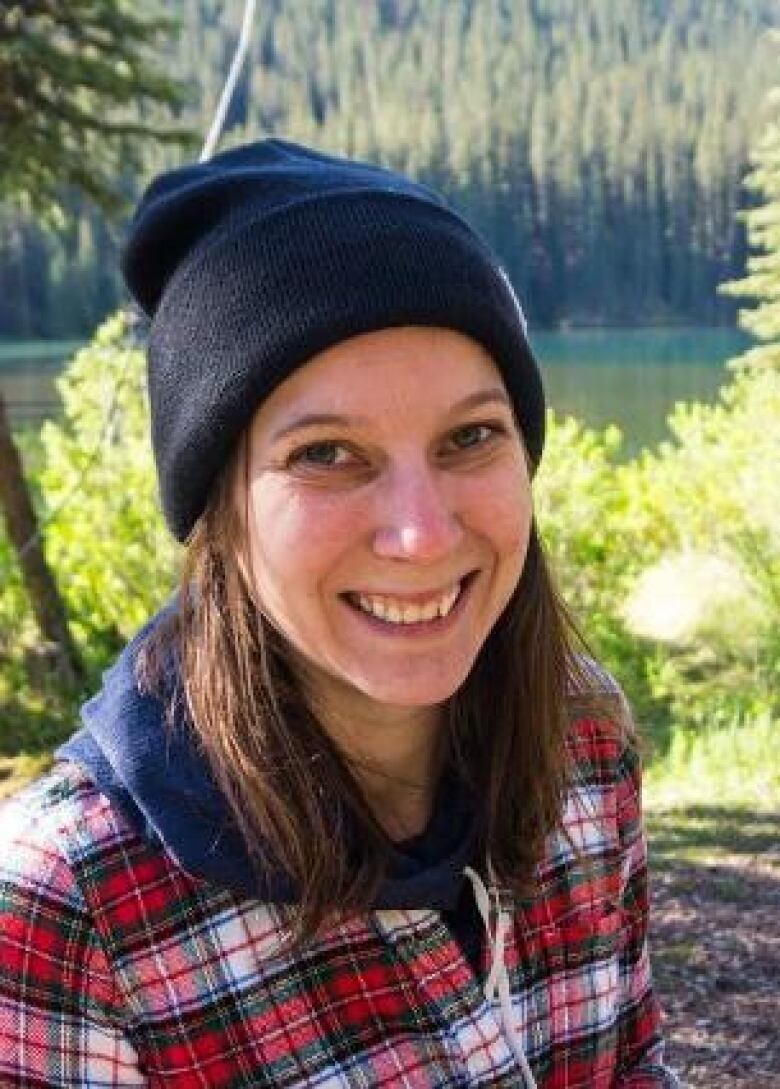Repeated N.W.T. wildfires can hit boreal forests hard
When fire strikes the same place twice, northern forests may have a harder time bouncing back

Traditionally among forest experts, fires are often seen as regenerative critical periods in an ecosystem that clear away debris and allow important plants and animals to grow.
But as climate change and extreme droughts hit forests, woodlands in northwestern Canada may wind up burning up more often before that cycle is complete. That could lead to big changes for the landscape.
In a new paper from from Natural Resources Canada scientists published in the journal Scientific Reports, scientists found that forests in the boreal region in northern Alberta and Northwest Territories recovered differently from "short interval wildfires" fires that hit a region 10 to 15 years after a fire went through than they did from more common forest fires that come much later to an area, from 30 to well over 100 years after a previous fire.
The paper notes that these quick-turnaround fires had more severe effects than fires that happened after a longer period.

Lead author Ellen Whitman, a forest fire researcher with the Natural Resources Canada,said boreal forests hit by a relatively prompt "reburn" will have fewer shrubs, grasses and flowers. The fires could also be speeding up big changes to the landscape that are expected with a changing climate; after a second fire wipes out growing evergreens, the scientists saw fewer evergreen trees and lower tree density in general.
Wildfire expert Albert Simeoni, a professor of fire protection engineering atWorcester Polytechnic Institute in Massachusetts,saidthe Canadianfindings quantify and add direct evidence to what he and others have seen in other places, including in eucalyptus forests in Australia, where fires continue to ravage the landscape.
"We have observed that repeated heat insults to vegetation and the soil was damaging and this corroborates this observation," wrote Simeoni in an email.
Whitman said that the changing environments can be doubly exacerbated when hit by a drought.
"We have droughts contributing to the occurrence of those short interval re-burns but then a subsequent drought can really affect those really young and newly growing young trees like seedlings," Whitman said.
Scientists have previously predicted that under human-caused climate change, grasslands will expand through what are now western boreal forests.

Whitman said that the shift to more open spaces might look like an opportunity for bison, who thrive in breezy, grassy regions but the change could wreck havoc on other animals, like caribou.
The early fires are "surprising and rare" under normal circumstances, Whitman says, because after a recent fire most of an area's "fuels" dead needles, trees, and mosses have already been burned up.
"We generally don't expect this to happen and it requires these spectacular fire weather conditions to allow that," Whitman said.
Whitman says that while her team can't confirm these "short-interval" fires are happening more, she does know the extreme fire-friendly weather conditions that cause those fires seem to be increasing.
Fire seasons in the country are getting longer and boreal regions are getting more hot, dry, windy days.
"All that put together seems to increase fire activity which leads to a larger area burned on the landscape," she said. "And associated with that ... the likelihood of that fire encountering something that burned in a previous year is a lot higher."












_(720p).jpg)


 OFFICIAL HD MUSIC VIDEO.jpg)
.jpg)



























































































